What’s keeping us from making progress and how do we overcome these barriers?
Participants share that several key barriers impede progress and require further attention, as detailed below: Transportation Electrification and Vehicle Miles Traveled. Click on the barriers below to view details about challenges experienced across the state and solution opportunities at the state and local level.



